Because record keeping was not consistent, it is impossible to say what kinds of breeding programs were used to create the unusual characteristics of the Bengal and Savannah feline. There are reports of crossbreeding Asian Leopard Cats and domesticated ones in the 1960s, but the first "peer-reviewed" research occurred in the next decade, the 1970s, in California. Various breeding programs got underway after the first generation "foundation offspring," called "F1," was bred from a wild Asian Leopard cat and a domestic. It was 1983 when the very first "Bengal" cat was listed with The International Cat Association (TICA).
The genetics of the Bengal are well known. Its ancestry is the Asian Leopard Cat, a small- to mid-size cat of the jungles in India, China, Southern Asia and Korea, with reports of them also in Borneo, Java and even the Philippines. The Asian Leopard Cat actually has a few subspecies so that is why some are larger, some are smaller, with the range being wide at 10 to 25 pounds. Most are in the 15-pound region and that explains the fact that they are scavengers rather than strict predators, and they are nighttime creatures ("nocturnal"), as well. Wild Asian Leopards are observed to be good swimmers, and have a wide range of markings, spot patterns and what are called "rosettes," as well as many different colors.
Early Bengals
The first three generations of the Asian Leopard/domestic crossbreed called "Bengal" are known as F1, F2 and F3, and the males in these generations are all sterile. The females, however, are fertile. Early generation Bengals make good pets but are not as capable of "transitioning" to new owners so people who get them need to make a lifetime commitment. They require attention and time and are not quite the same as having a domestic cat of many generations duration, like Siamese.
When Bengals are four or more generations from their Asian ancestry, they are considered to be domesticated and are registered with TICA as "SBT Bengal" cats, meaning "Stud Book Tradition." At this distance from the original generation males and females, both, are fertile, and females are smaller in the 8-12 pound range. Males weigh substantially more, interestingly, and can get up to almost 20 pounds. Their colors are "loud" to some, "exotic" to others, but at this level of generations they are fully domesticated and make great companions.
Savannahs Make the Scene
The Savannah cat is a breed that dates only as far back as 1986 and is the product of a wild African Serval cat and a domestic one. It is also known as a "Serval hybrid" and takes the genetics of the Serval for its size and its look, but has the domestic cat's even temperament, love of human contact and ability to make lifelong bonds with their owners. They are very playful and good for homes with children as they are quite gentle and patient in mood. The new breed almost went unrecognized because of procedural issues at TICA, but the Savannahs were eventually proclaimed a distinct breed.
It was some well-known Bengal breeders that brought the new Savannah breed to the world. The breeder Judee Frank decided to try cross breeding a male Serval with a Siamese domestic cat, producing the very first Savannah cat (which was even named "Savannah") in 1986. In 1989, Frank's new cat breed attracted the attention of other breeders and cat lovers, which is where the names Patrick Kelley and Joyce Sroufe enter the story line. These two, and many others, worked toward establishing this new domesticated breed that was solely based on Serval/domestic crossbreeding. Kelley and Sroufe wrote the first Savannah breed standard and presented it to TICA in 1996, which finally (after some delays) accepted the new breed for registration.
The Cat's Meow
The Savannah cat has since become one of the most popular breeds of "semi-exotic" cats. It cat has a very tall, slim build that makes them look larger than their actual weight. The size of a Savannah cat is pretty dependent on "generation and gender," with the male cats usually being bigger than the females at between 20 and 30 pounds. The tallest domestic cat ever recorded was Scarlett's Magic, a Savannah cat owned by breeder Kimberly Draper. The cat was placed in the Guinness Book of World Records in 2009 for its incredible height of 17.1 inches.
Since there are so many factors when breeding these cats, there tends to be a significant variation in size from one litter to the next. There have been reports from breeders that some Savannahs have reached a whopping 35 pounds at times, with one breeder even claiming a 40-pound Savannah. Depending on the breeder you choose, and the other factors mentioned above, the size and look of the cat will vary widely, giving new owners plenty of options for size, coat, markings and attitude.
Savannahs and Bengals have been making cat owners happy for decades and still have a real, natural, unspoiled beauty and brilliance about them, all the better to attract susceptible humans and score a great place to live. (These cats are smart, see?) If you get a Savannah or a Bengal, you can expect to be a proud owner of either (or both) of these wonderful creatures and they will make great additions to the history of your own family, too.

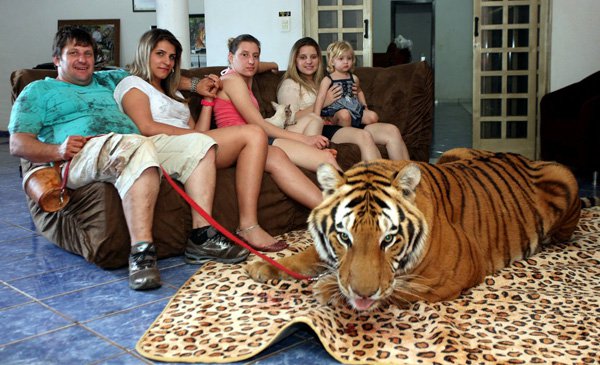 Remember that Ventilation is a Most Important Feature of Chicken Houses
Remember that Ventilation is a Most Important Feature of Chicken Houses
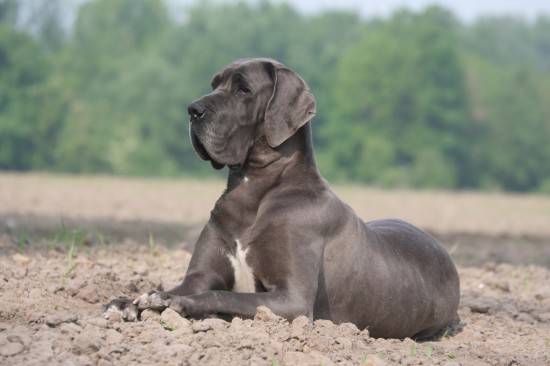 Great Dane Hereditary Health And Longevity
Great Dane Hereditary Health And Longevity
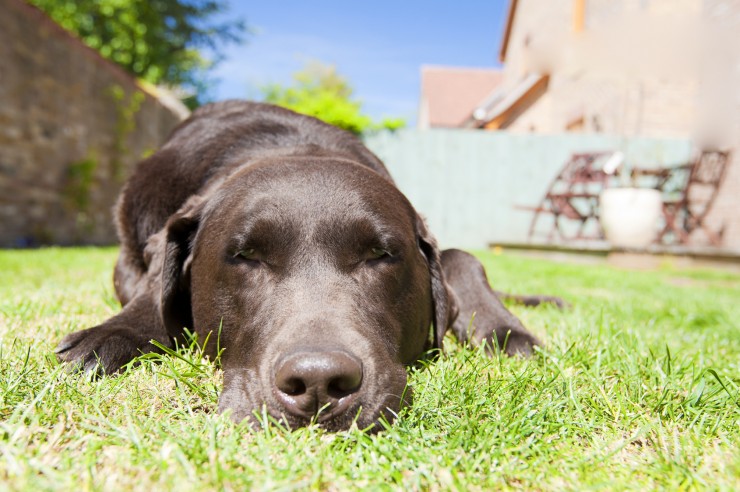 Recognising Heatstroke In Dogs Early On
Recognising Heatstroke In Dogs Early On
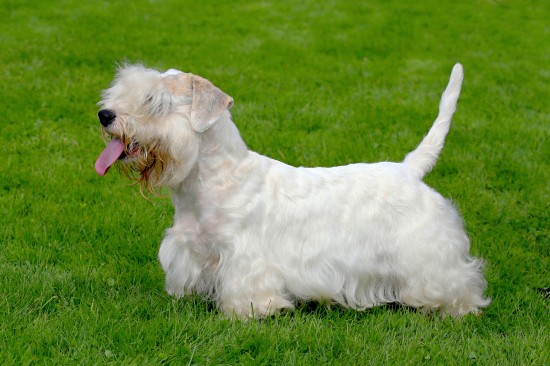 Considerations For Ownership Of The Sealyham Terrier
Considerations For Ownership Of The Sealyham Terrier
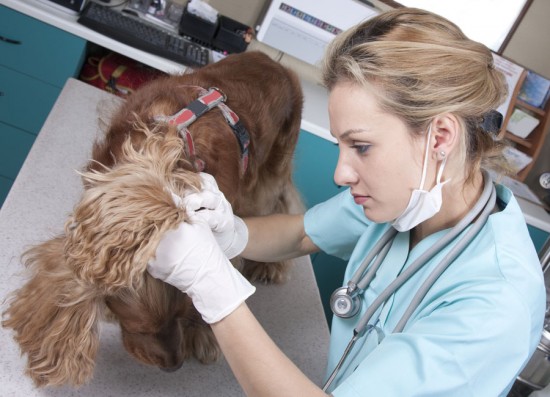 Alopecia In Dogs - What To Do If Your Dog Is Losing His Fur
Alopecia In Dogs - What To Do If Your Dog Is Losing His Fur
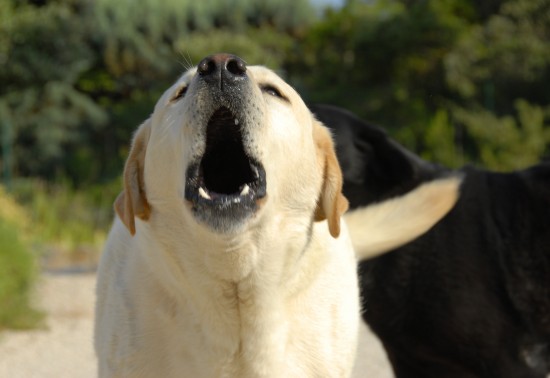 Does Your Dog Run Up And Bark At Strangers?
Does Your Dog Run Up And Bark At Strangers?